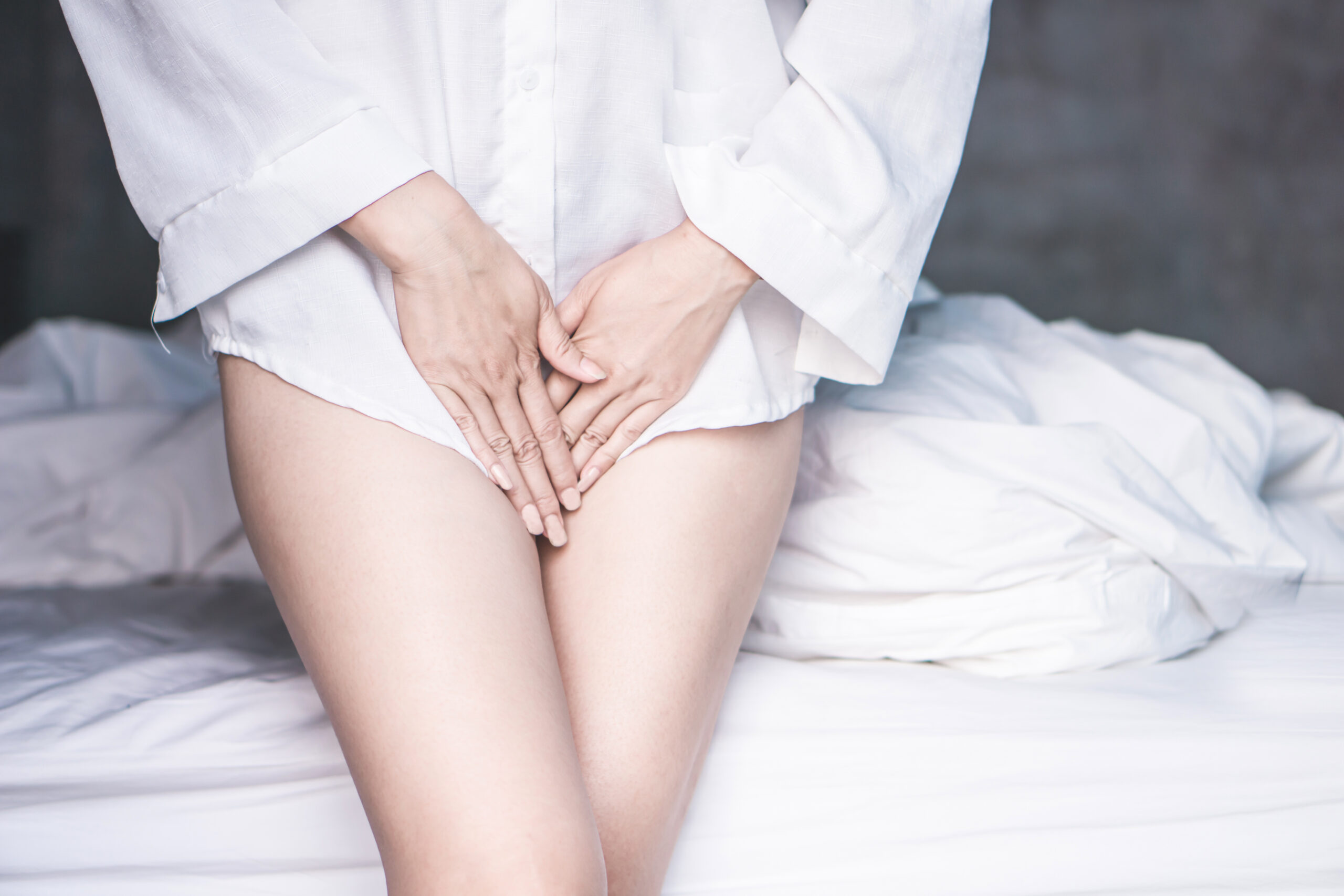Feminine urinary incontinence is a symptom which shows with high frequency, which nevertheless is not reported by patients during the first check-ups, nor do general practitioners ask questions in relation to it. It is instead a condition which affects many people the world over and it shoes especially among women after 35-40 years of age, regardless of the number of children they have had. It is obvious that it is more frequent among women who have given birth to a higher number of children, both through vaginal and caesarean delivery, due to the weakening of the pelvic floor ligaments and muscles, along with the lack of hormonal system, which further debilitates ligaments and musculature.
This, combined with these two situations, allows for severe pelvic floor weakening, causing severe or minor urinary incontinence symptoms in patients.
Urinary incontinence is a symptom which is mainly divided into two categories: The first is Stress Urinary Incontinence, which occurs when the patient is under physical strain for reasons like coughing, jumping or running, and presents an involuntary loss or urine. The second category is Urge Incontinence, when the patient presents with the compelling necessity to empty her bladder or experiences urine loss without any effort. Furthermore, there exist a third category, the least frequent, a combination of urge and stress incontinence.
The symptom of urinary incontinence is rarely reported by patients. Nevertheless, when directly asked by the physician, most patients acknowledge having experienced minor or major urine loss. The physician needs to probe the presence of this symptom during the first visit, also if the patient does not spontaneously report it.
The problem is that when the patient speaks to the practitioner referring to urinary incontinence from stress or other reasons, the patient already presents with a severe degree of urinary incontinence and often needs surgical treatment rather than conservation treatment. Once the patient has reported the symptom of urinary incontinence it is important for the physician to dedicate the necessary time to her in order to ask a series of very specific questions on the characteristics of their urinary incontinence: Does it occur with light or severe strain? Which is the frequency? Is the incontinence diurnal or nocturnal? Does the patient experience urine loss during the night?
All these answers are important to formulate a diagnosis, along with a physical examination performed by the doctor to better define the adequate therapy.
Dr. Arnold’s technology executes a therapy based on high-intensity focused electromagnetism, which allows for the stimulation, specific and localized, of pelvic floor muscles and the inducement, at the same time, of the electromagnetic depolarization of the pelvic floor. We can therefore obtain a reinforcement of pelvic muscles which helps to reduce or, in some cases, to eliminate the urinary incontinence symptom in patients when the condition is minor or, in some instances, moderate.
To obtain adequate results it is important to set treatment parameters which are adequate for the patient’s conditions, which depend a lot on body mass index. For the purpose of treatment efficacy it is also important to assume a correct position in the chair, ergonomically designed to guarantee comfort besides efficacy.
The results of electromagnetic treatment of the pelvic floor have been very encouraging for the patients, who report good progress after the third or fourth session, progress which may last several months after the treatment. We have had patients who, after more than six months, continue to report good results of the electromagnetic treatment on the pelvic floor.
One very important point to make to the patient is that there exist a major difference between training at home and a treatment with Dr. Arnold: The number of contractions, their intensity and duration or contraction strength are quite different from the voluntary exercise which can be done at home compared with the contractions which can be induced by a system like the Dr. Arnold chair. And this is very important for the result, because the patient will never reach an intensity which is adequate or similar to that created by Dr. Arnold.
The advantage of the treatment with the Dr. Arnold chair is very important because the patient does not need any preparation before, during and after the treatment. No special attention is required. It is a totally outpatient procedure which is painless and does not require any anaesthesia. Furthermore, the patient does not need to be undressed, nor does she necessitate any special preparation. The treatment lasts thirty minutes and it is a totally outpatient procedure. Another advantage is that, by undergoing two sessions per week for four weeks, the patient completes a standard base Dr. Arnold treatment.
The treatment with the Dr. Arnold chair may also be used with patients who undergo surgery with a more advanced pelvic prolapse condition: It helps to strengthen the muscle before and after surgery, because those are areas which are not directly involved when we operate a patient.
Already during the treatment patients report noteworthy improvement in their quality of life during the treatment sessions, not only at the end of the treatment but also during the treatment, after the second or third treatment. Their social life and the quality of their intimate life also improve dramatically. The treatment restores confidence in patients, as it allows them to perform regular physical activity and also to have a regular sexual activity, without the fear of urinary incontinence.













